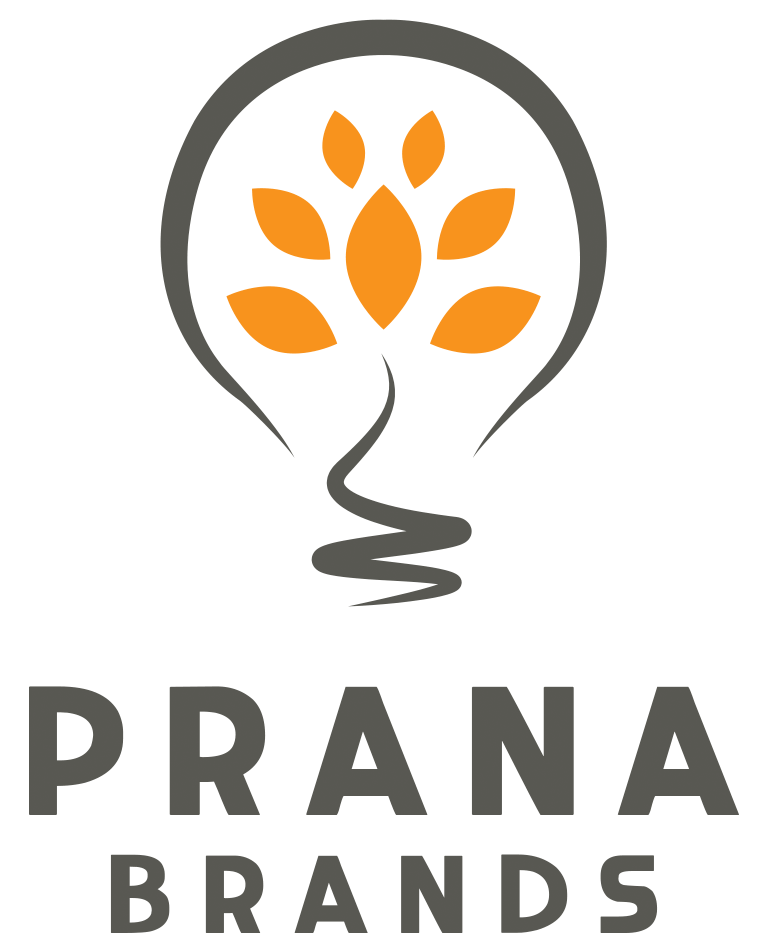What do we mean by Life Force Brands?
Prana means ” Life Force” in Sanskrit.
We define Prana Brands as those that are a “Life Force” for their customers, adding value consistently at each touch point. These are the brands that consumers want to engage with and people want to work for now and in the future.
Today’s customers want are interested in brands that deliver value in their lives and have a strong purpose/ ethos underpinning what they do.
Life force brands can add value in our lives in many ways, both big and small.
Some examples include brands that: –
- Make shopping easier and faster Amazon, John Lewis, Ocado.
- Help us stay on top of our finances e.g. Experian, Nutmeg
- Help us stay fit and healthy e.g. Babylon, Nuffield Health, Headspace
- Connect us to trades people we can trust e.g. Rated People
- Entertain us anytime, anywhere e.g. Sky Go, Netflix
- Make being thoughtful quick and easy e.g. Bloom and Wild, TouchNote.
- Keep us on trend with the latest fashion delivered the next day e.g. Boohoo.com.
And we could of course go on…
So what do Life Force brands have in common?
- They have a strong purpose anchored in a truth about why they exist and what they uniquely offer their customers
- They are customer first in delivering a product/ service experience that delights at all touch points. They are often constantly evolving to achieve this.
- They have a team of people who are passionate advocates of the brand along with ways of working that keep the business focused on serving customers and staying ahead of competitors.
Being a Life Force brand is crucial in today’s ever changing world.
We live in a world where digital technology has fundamentally changed consumer habits and many traditional businesses are being challenged by new business models or niche challenger brands. Arguably advances in technology ensure that more and more areas of our daily lives are ripe for improvement and reinvention.
We are all familiar with the famous examples of disruption; from Uber in transportation to Netflix and Broadcast TV, Airbnb and hotels and Amazon, who started by disrupting how we read, then how we shop and increasingly how we consume pretty much anything.
In addition, many of those who were the original category disruptors are now being disrupted themselves by new challengers.
In the Travel sector lastminute.com, once the pioneer of last minute escapes and the epitomy of the dotcom revolution now faces competition from every angle. Brands like Secret Escapes and Voyage Prive have brought an exclusive membership club ” in the know” dimension to last minute breaks and everyone from Expedia to Travel Supermarket and Thomson have “ last minute” offers. However, lastminute.com have a broad lifestyle offer including everything from spa days to theatre tickets allowing them to own “ last minute” living beyond purely travel.
Beauty is now one of the fastest growing sectors online. FeelUnique.com launched in 2005 and leads the category but recently there has been an explosion of new competitors including Look Fantastic, Birchbox and Cult Beauty to name a few.
In the world of Fast Moving Consumer Goods (FMCG), the rise of the internet and social media in particular have helped small artisinal brands to challenge the dominance of established giants particularly in sectors like food and drink. Before the advent of social media, brands built awareness through broadcast media, predominantly TV, which in turn secured distribution in grocery retailers. Today start-ups can rise to fame with an enticing product and a strong Instagram following. With ever increasing pressure on margins, retailers often welcome artisanal challenger brands to attract new customers and help premiumise categories.
These examples illustrate the dynamic nature of business today and reinforce the importance of ensuring your brand stays relevant to consumers, delivering a superior customer experience at every touch point.
Different types of Life Force brands.
Each business will be at a different point in its lifecycle, meaning that there are different types of Life Force brands each facing unique challenges.
1: The Classics
- Those with purpose baked into their DNA over many years of consistent communication and customer experience e.g. Boots, John Lewis, First Direct, Lego.
The challenge – to continuously innovate and evolve. These brands need to stay fresh and relevant, retain their customer base and continue to grow.
2: The Disruptors
- Where purpose is intrinsic to providing customers with a new and better way of doing something e.g. Bloom and Wild, Amazon, Airbnb.
The challenge to retain leadership and not be out innovated by new challengers.
3: The Specialists.
- Often niche players who do one thing extremely well and consistently for a particular customer niche e.g. Plenish, Booja Booja, Biona, and CultBeauty.
The challenge – to continue to grow profitably whilst staying true to the core proposition.
4: The Challenged Originals
- Once the original category pioneers but often facing competition from new challenges eg Levis, Haagen-Dazs, Jordans cereals, Green and Blacks etc.
The challenge – one of transformation to re build brand relevance and drive business growth.
In summary
In this fast paced context of ever-increasing customer choice, we believe that successful future organisations will be those that stay most relevant for customers. Businesses need to be aligned behind a clear and compelling purpose that is baked into the DNA of “ why they exist”. Brands that deliver this through disruptive products, services and a consistently superior customer experience will be those that win through.
Prana Brands helps businesses to build, revitalise and grow Life Force brands. If we can be of help please get in touch at 07710 023 235 or email julie@pranabrands.com

